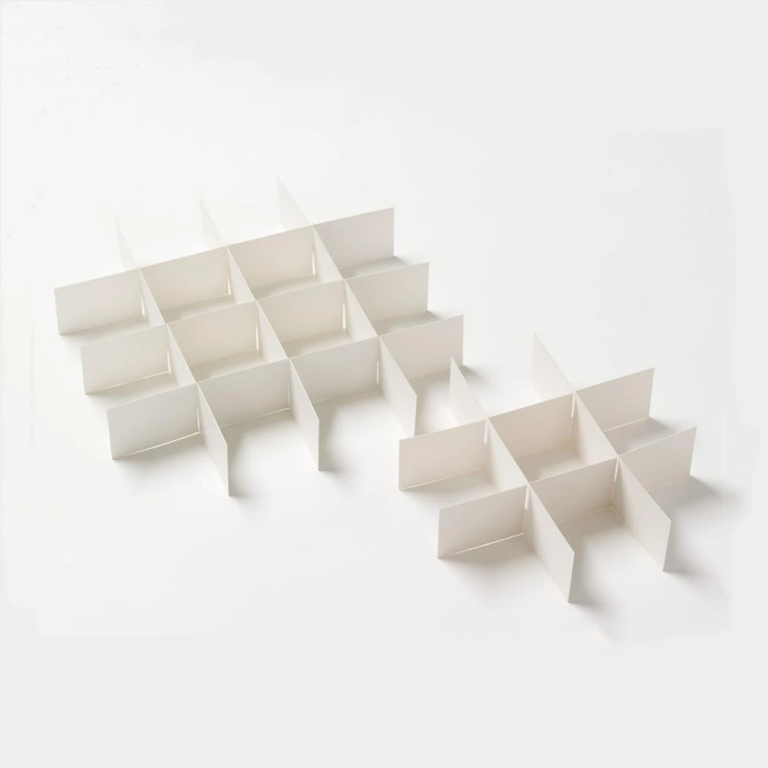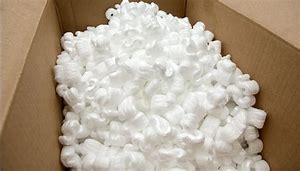Introduction
The void fill foam packaging is a great way to package products. It can be used in many different ways, but one of the most popular uses for void fill foam is when you are shipping something fragile that needs to be protected from damage during transit. If you need void fill foam packaging, then check out our blog post about void-fill foams!
What should you know about void fill foam packaging
Void fill foam packaging is a means of protecting the contents of mailed packages by excluding air from inside them. Packing void fill is also called filling, packing peanuts, or stuffing.
One of the most common void fill materials that may be used to protect items such as electronics or glassware during shipment is shredded paper.
This material consists of small pieces of paper which can be poured directly into any type of package and conform to the shape of the objects at hand while effectively blocking out any other outside particles from damaging them.
While this might seem like an ideal void filler for protecting items during shipment and storage, it has its limitations when it comes to long-term use. Paper void fill does not offer adequate protection against the elements nor does it protect external objects from being broken or chipped by other void fill material which makes contact with them during transport.
Packing void fills are used largely in industrial shipping as well as packing, shipping, stocking, storing, and retailing of products or merchandise throughout warehouses and stores nationwide. It is common for void fill to take on various shapes and sizes.
Some void filler may be small enough to fit within an envelope while others may consist of larger void filling materials that are used to protect large electronic devices, appliances, flat-screen televisions, computers, or any other item that can be carefully wrapped up in plastic before being placed inside a box for shipment.
Industrial void fill foam packaging work includes the use of anti-static void fill material or anything that would prevent items from being damaged by electrostatic discharge (ESD). This is something that most void-filling machines are equipped to do.
While it may be necessary at times for void fill alternatives to contain anti-static agents, they can also be used without them. When selecting void filler, one should consider the kind of items that will need packing and then decide whether or not an anti-static agent is likely to damage them in any way. Some packaging void fillers may work better than others depending on what type of item will be shipped as well as how often the void filling process takes place for a business.
The cons and pros of void fill packaging
Void fill is a type of void fill foam packaging that utilizes void space in shipping containers to provide adequate protection.
Void fill can be any loose, low-density material used to fill empty spaces inside the box or voids around products during packing and shipment. An example would be using small bags of popcorn as a void fill.
The main purpose of void-fill materials is to prevent breakage, especially ensuring fragile items do not come in contact with each other or other surfaces in the box.
Depending on the product being shipped and its fragility, void-fill can either increase or decrease shipping costs since it provides additional protection for expensive or easily broken items while increasing the overall size of the package needed to ship them.
Void fill is used to reduce the amount of void space in shipped boxes. Products are often surrounded by void fill, which acts as an additional protective packaging material.
The three main types of void fill (i.e., air cushion, peanuts, and foam) vary in density and provide varying degrees of protection against impact damage during shipping.
The advantages of using void fill include:
– Ease of use
– Cost-effectiveness
– Customizable for specific uses
– Ability to prevent shock or vibration damage
The void fill must be able to absorb any impact the package may receive in transit. If void fill materials are not sufficiently thick or dense, they will not protect the object being shipped. Even if void fill is sufficient for an initial shock, over time it might become compressed and no longer have enough “give” in order to cushion further impacts.
Void fill packaging can also help in shipping fragile items by protecting them against pressure damage resulting from stacking multiple boxes on top of one another during storage or shipment. Some void fill products are treated with anti-static agents that help prevent electrostatic discharge (which can result in product damage).
Void fill is typically made out of recycled materials such as packing peanuts, air pillows, and foam blocks. This reduces landfill waste.
Void fill can be reused many times, but if it is not packed properly, void fill loses its protective qualities over time. If void fill has lost its cushioning abilities or is no longer needed for shipping purposes, it can be shredded or recycled to minimize environmental impact.
Some void fill products are approved by various regulatory bodies for use with food items. Some void fill materials are also designed to be environmentally friendly.
Disadvantages of void fill include the following:
– If void fill is not packed appropriately, it can shift and damage goods by pushing them around the box.
Most void fill materials, are loose and bulky so make up a significant volume inside a shipping container but their weight can be negligible. Void fill that is at least 95% void space may have to be labeled as void if the product is improperly packed with material that has a specific density.
It gets a bit complicated when a business ships products with void fill that weighs more than 25% of the total package weight because federal regulations prevent these from being classed as void fill unless permitted by the filling equipment manufacturer.
To make this simple…The less void fills the better, but the void fill is generally necessary to reduce movement inside shipping containers.
The use of void fill materials can contribute to environmental pollution depending on what they are made of, how they are disposed of, and where they end up.
Some void fill materials can be recycled or reused if possible, others cannot sustain recycling due to their limited availability or hazardous nature (e.g., foam peanuts).
If void fill is not properly contained when it is being used in a business setting for packing purposes, it may escape from the void space and litter floors or offices with small pieces that fall out of boxes or get swept into air vents/ducts.
While some people occasionally sweep void fill off their office floor after shipment, leaving it there can be a hazard especially if it gets into air ducts and causes blockages.
How does it work?
Void fill foam packaging is often used to ship items that are fragile or likely to break in transit. This enables the void inside of the container to cushion any potential impacts with other packages, increasing the chances that they arrive at their destination intact.
The void filler itself must be made from a material that reduces the transfer of vibrations through the void space so it will not jar delicate materials within.
The void filler can also be used to create a secure seal between pieces of cardboard when being shipped in units rather than on pallets, for added security.
A firm press of solid objects against each side firmly compresses the void filler into place and creates a reliable barrier for contents. A strip must then be cut into both sides with blades designed to cut void filler for complete removal.
Because void fill foam packaging fears the full weight of the package being shipped, it must be sturdy enough to support its own weight and any additional load that will be added to the box while in transit.
It is made from a lightweight but durable substance that easily supports itself yet absorbs impacts well when used appropriately. Most void fill packaging consists of polyethylene foam pellets enclosed within a cardboard container with side openings for easy access.
When shopping for void fill foam packaging materials, it’s important to choose ones designed specifically for shipping fragile items or international shipments where customs inspections are likely to take place.
These void fill foam packing supplies are typically wrapped up in bubble wrap or other cushioning material prior to adding them to void filler packaging.
Typically, the void filling is used in the shipping of delicate items such as porcelain and glassware, but it can also be utilized to tighten up void space in void fill boxes that need to accommodate heavy items.
The void filler must be strong enough to support its own weight when bearing a load of any kind or it will quickly collapse under pressure once placed inside a void fill box and create an insecure seal between the two protective layers of cardboard on either side.
A void fill box should always feel very solid when held. If you cannot get enough resistance from it while gently shaking, there is too much empty space for void fill material and an adjustment should be made accordingly before sealing everything together with adhesive tape.
Conclusion
Void fill foam packaging is a great way to make sure that your product arrives safely at its destination. Not only does void fill foam packaging protect the contents of the box, but it also provides void fill for shipping purposes. This type of void fill foam packaging can be used with any kind or size of the package and will work best when you are trying to ship larger items because it offers more protection than other types of void fills.


